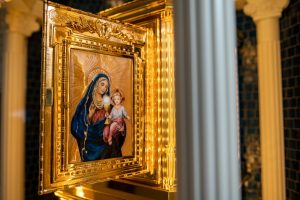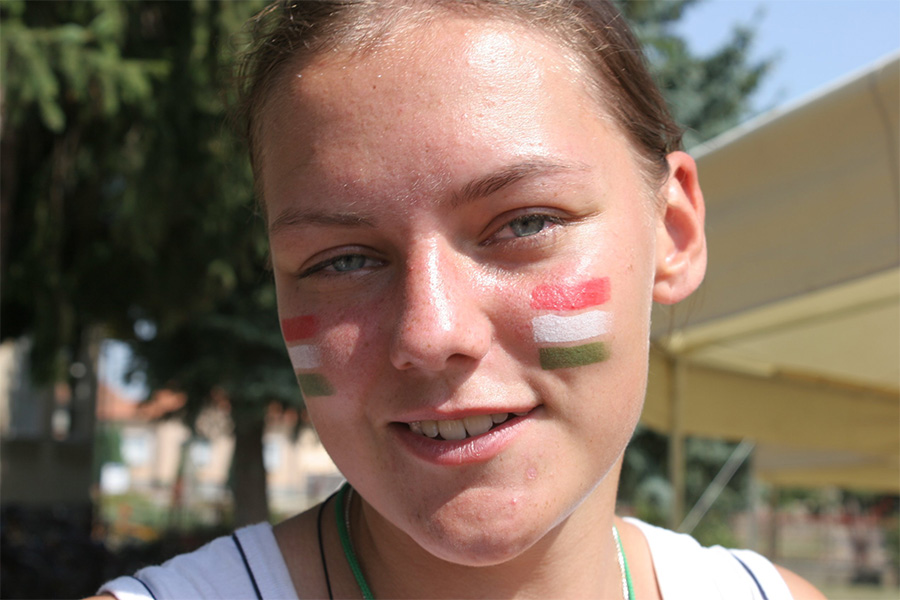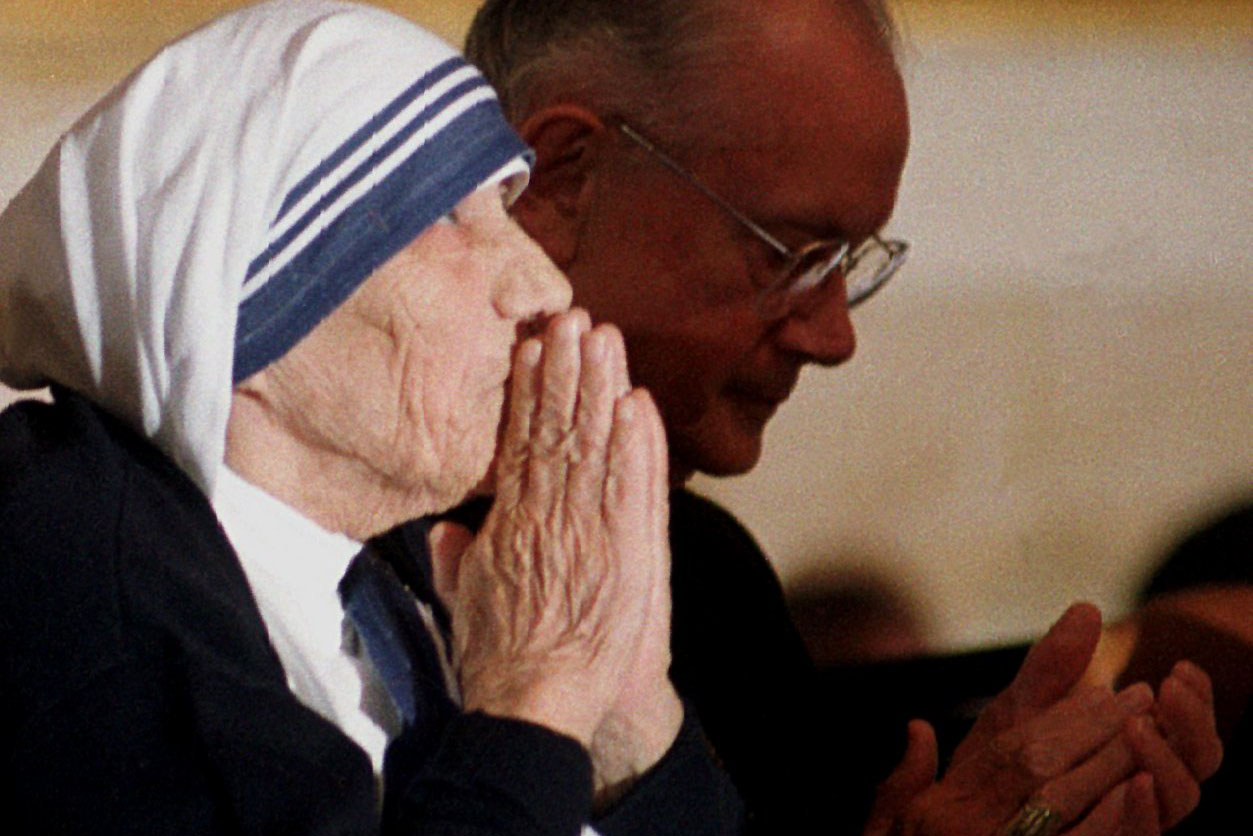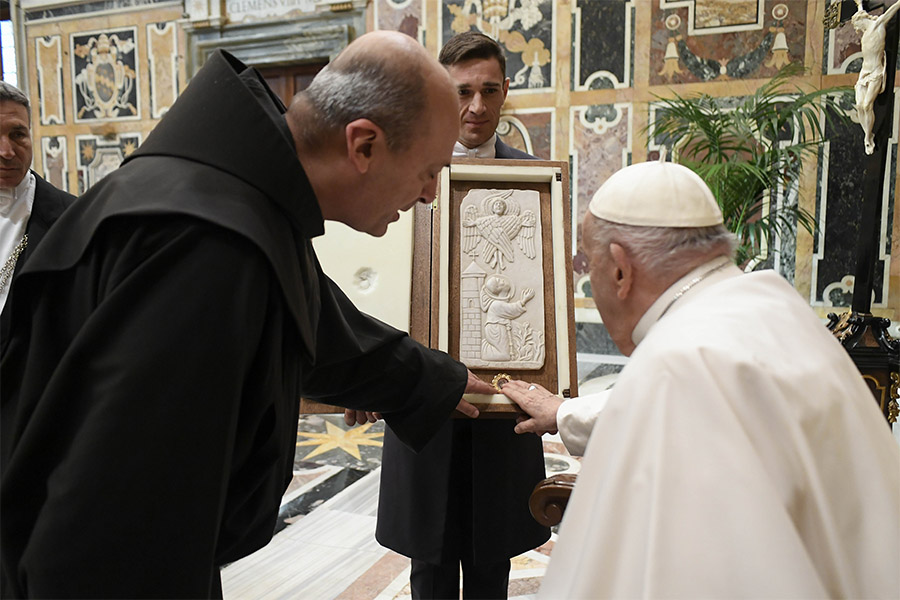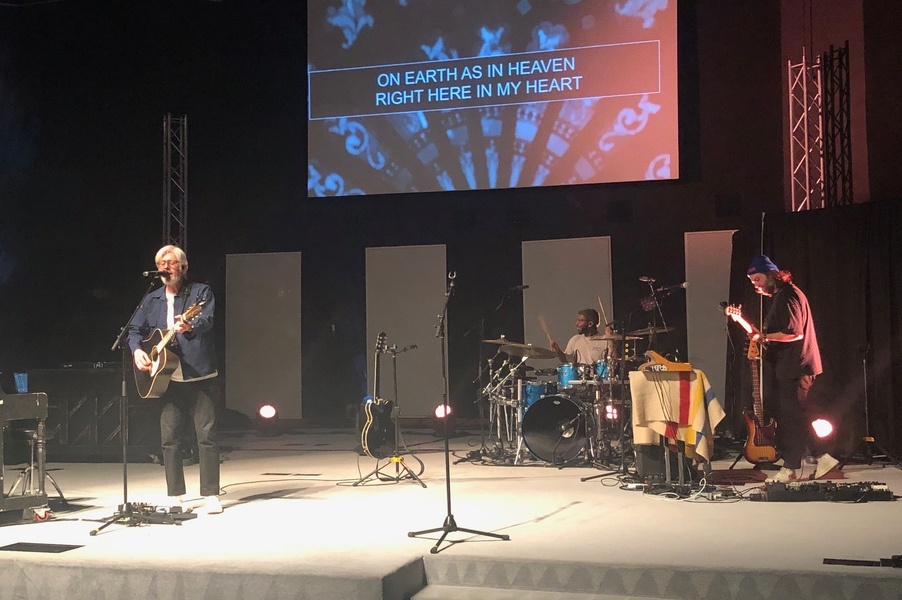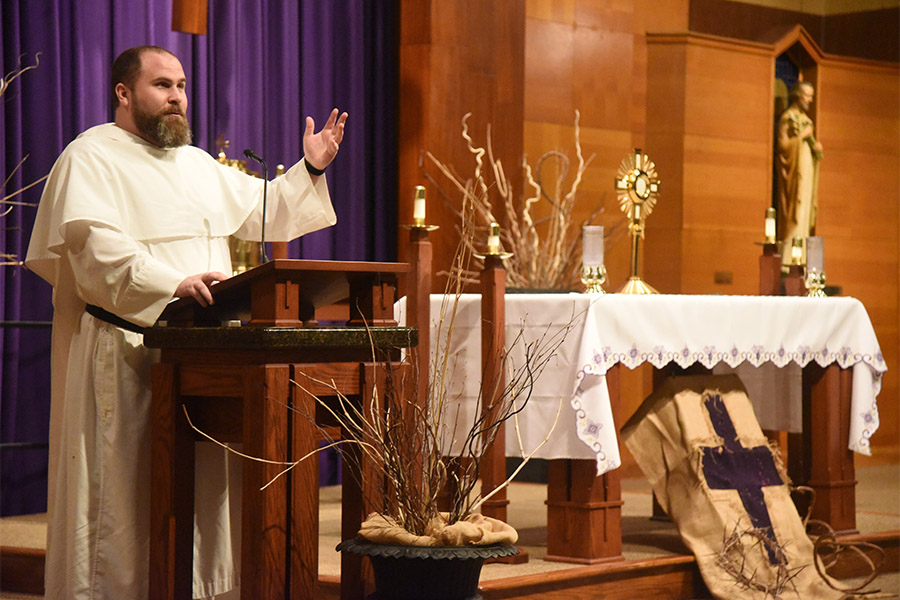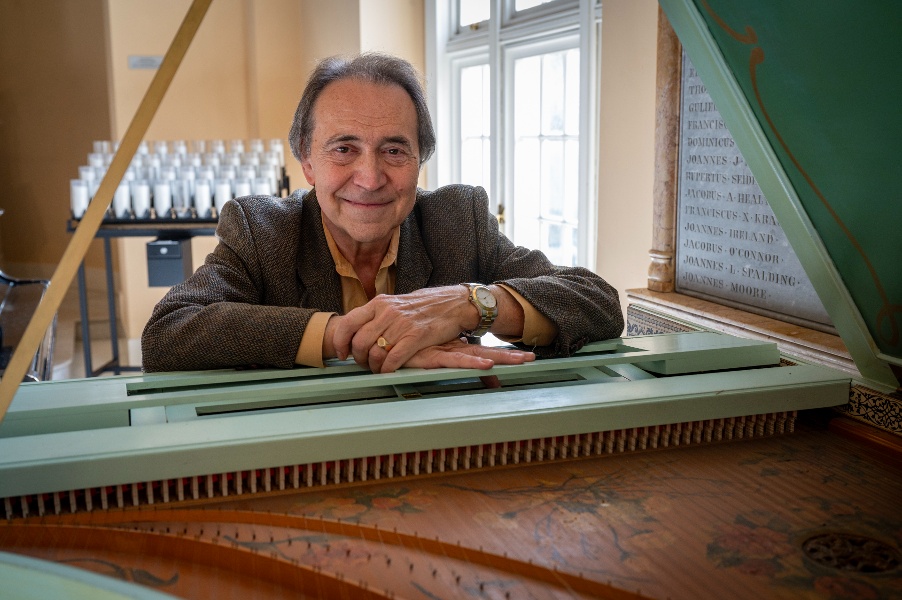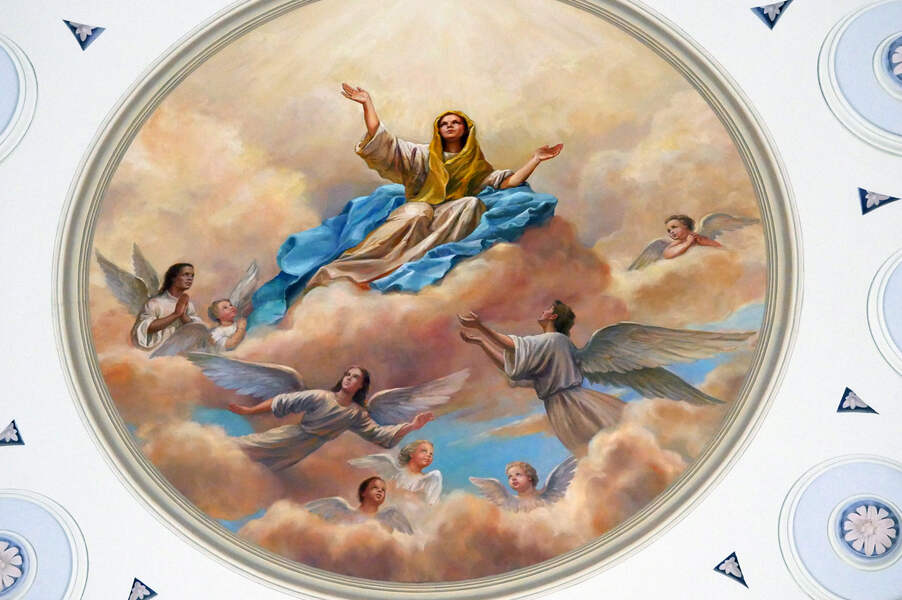
In what church leaders believe will be a first in the history of Baltimore City, the Basilica of the National Shrine of the Assumption of the Virgin Mary will begin offering perpetual adoration of the Blessed Sacrament May 31, the same day America’s first cathedral celebrates its 200th anniversary.
Immediately following a 2 p.m. anniversary Mass, Archbishop William E. Lori will dedicate a recently upgraded eucharistic adoration chapel in the basilica’s undercroft that will be named in honor of St. John Paul II. The name recognizes the Polish pontiff’s historic 1995 visit to the Archdiocese of Baltimore, when he prayed inside the basilica.
“The Eucharist is Jesus,” said Father James Boric, the basilica’s rector. “In making the Eucharist available to the people of Baltimore 24/7, we’re making Jesus available 24/7.”
Father Boric called the adoration chapel a “sanctuary” where people will encounter God in a personal way.
“We live in a divided world – and even our church is divided,” he said. “The Eucharist is a great source of unity. People of many different viewpoints and backgrounds will come together to pray and to help foster the unity that Christ called for during his last prayer before he went to the cross.”
Dream come true
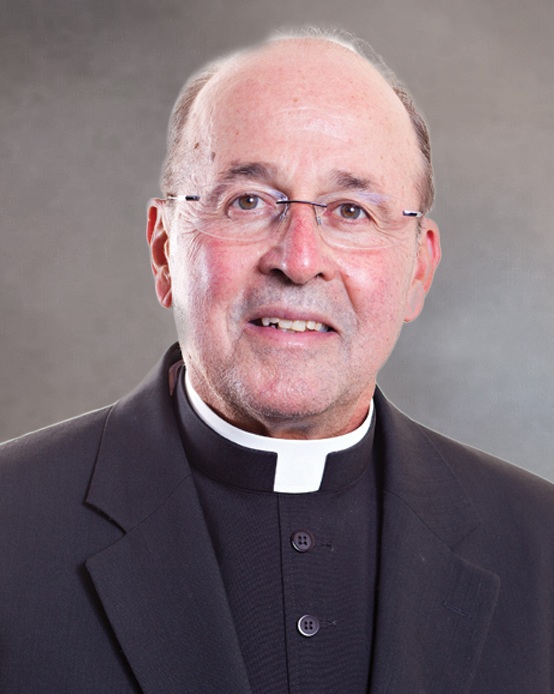
The inauguration of perpetual adoration in the city represents the fulfillment of a dream shared by Monsignor Arthur Valenzano, Father Boric’s predecessor as rector.
Monsignor Valenzano, who died of cancer in 2015, began perpetual adoration at St. John in Westminster during a long pastorate that preceded his appointment as the basilica’s 24th rector. He first established an adoration chapel in the basilica’s undercroft in 2011 – a chapel that was refurbished in a 2014 renovation.
The 2014 adoration chapel was constructed around a restored Gothic monstrance that had been mysteriously plucked from the Loch Raven Reservoir many years earlier by a fisherman who gifted it to the archdiocese.
In preparation for the transformation into an around-the-clock center of eucharistic devotion, Father Boric decided to replace the previous freestanding monstrance with a specially designed tabernacle bolted into place to keep the Blessed Sacrament secure. The previous monstrance will now be used in the main upstairs church, he said.
The new gold-plated tabernacle includes an interior door in which a luna – a round receptacle holding the sacred host – will allow the Eucharist to be visible for adoration. The gleaming metallic structure stands on a base inscribed with St. John Paul II’s motto, “Totus Tuus” (“All yours”).
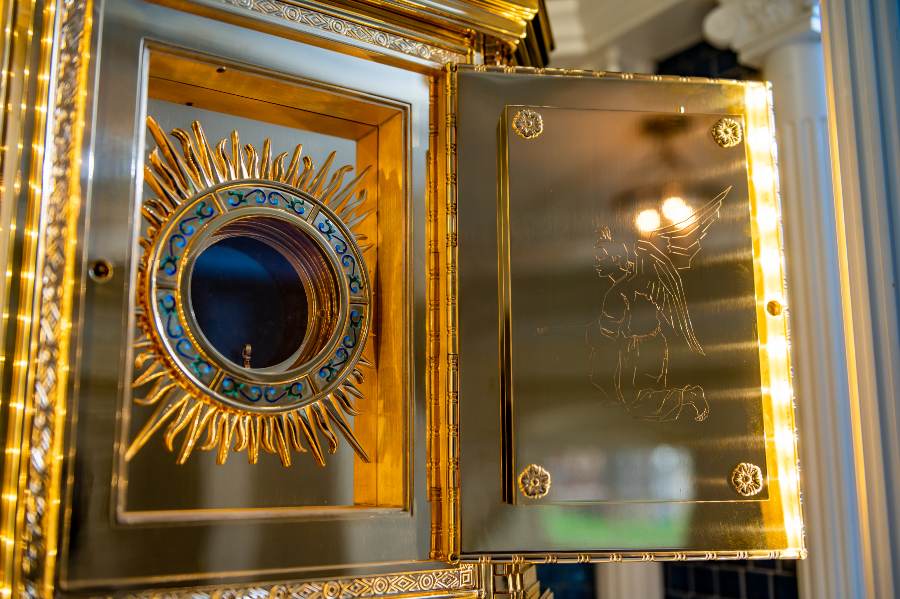
Kinga Lipinska of Granda Liturgical Arts, who served as project manager for the construction of the new tabernacle, said the object took more than four months to make near Madrid, Spain. Its door features a hand-painted enamel image of the Blessed Virgin Mary with the Child Jesus, the chalice and the sacred host.
“The chapel is an intimate space made for one-to-one prayer,” Lipinska said. “Architecturally, it has an interesting tension between the small space and the beautiful, large tabernacle. It gives you a face-to-face encounter with the eucharistic Jesus.”
The tabernacle fits into the chapel’s already-existing octagonal baldacchino, a canopy with metal shingles. It was designed to complement the basilica’s neoclassical design, Lipinska said.
Connection to a saint

The adoration chapel, which seats approximately eight people, features the kneeler used by St. John Paul II during his visit to the basilica. A relic from the saint – a strand of his hair – is visible in a small glass reliquary attached to the top of the kneeler, Father Boric said.
In two small rooms attached to the adoration chapel, the basilica now displays the chasuble worn by St. John Paul II when he celebrated Mass at Oriole Park at Camden Yards and a restored painting of Our Lady of Czestochowa before which the pope prayed during his visit to the basilica.
A bronze bust of the saint greets visitors, who can read one of his reflections about the importance of adoration posted on a nearby plaque. A previous plaque installed in the 2014 renovation remains, noting that the chapel is dedicated to Monsignor Valenzano.
The tabernacle and other improvements cost a total of approximately $125,000. The basilica raised additional funds to provide security around the clock, Father Boric said, noting that those who schedule late-night or early-morning visits can request to be escorted to their cars.
‘Not just a nice thing to do’
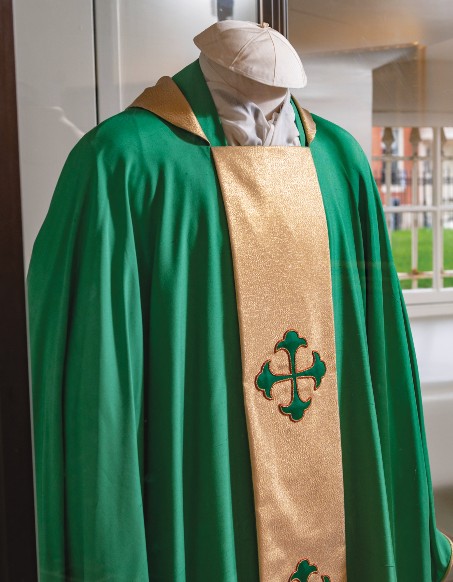
To have around-the-clock adoration, which is offered at a handful of parishes in the archdiocese, at least two people per hour must be present before the Blessed Sacrament at all times. That represents a total of 336 people who must commit to at least one hour a week. Others visit whenever they can, whether for five minutes or longer.
Archbishop Lori has designated different prayer intentions for each day: Mondays will be dedicated to an end to racism and injustice. Tuesdays will focus on an increase of vocations to the priesthood and religious life and a renewal in the priesthood. Wednesdays will be devoted to marriage and families, and the healing of adult children of divorce. Thursdays will be for Catholic schools. Fridays will be dedicated to an end of violence in the city. Saturdays will focus on an end to abortion in Baltimore. Sundays will encourage greater love of the Eucharist.
Father Boric has invited all pastors to encourage their parishioners to sign up as scheduled adorers. Church of the Nativity in Timonium has committed to having parishioners pray for six hours every Friday, Father Boric said.
Celena Hoey, pastoral council president at the basilica, has signed up for a 4 a.m. time slot.
“It’s not just a nice thing to do,” said Hoey, who works for Healthcare for the Homeless. “It’s actually an encounter with Jesus. And so, any encounter we have with God is going to bring a miracle.”
Being in Christ’s eucharistic presence in the early morning is particularly moving, she said.
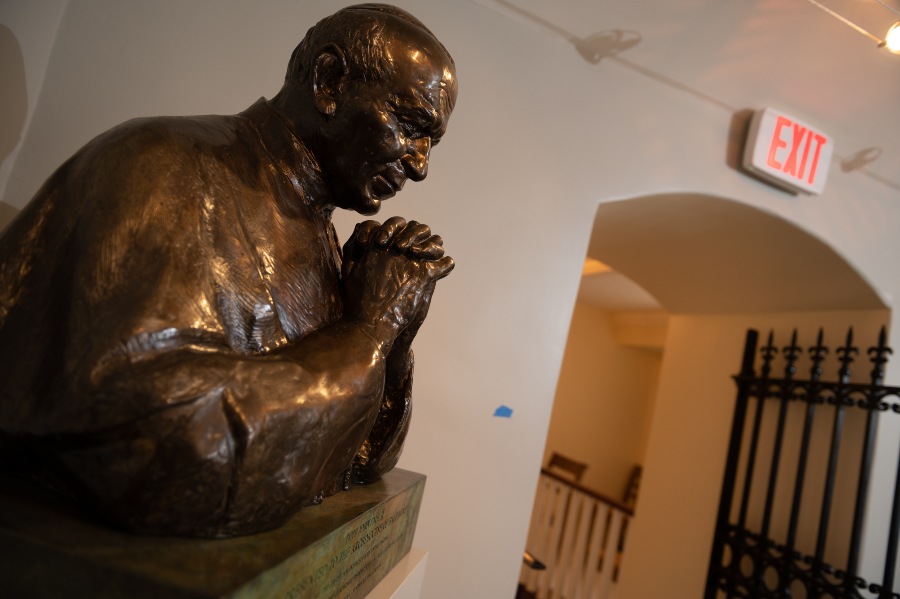
“There’s something about those early-morning hours that is so comforting,” she said. “I’m not looking at my phone. I’m just focused on him. There’s a stillness and a calm and a peace.”
Father Boric believes perpetual adoration will have a “huge and very tangible” impact on Baltimore.
“By coming and having your heart intercede for the city and by having your heart more conformed to Christ’s, that’s going to lead to a change in society,” he said.
For more information about adoration at the basilica and to sign up for a regular hour at the adoration chapel, visit www.americasfirstcathedral.org/adoration.
Email George Matysek at gmatysek@CatholicReview.org
Also see
Copyright © 2021 Catholic Review Media
